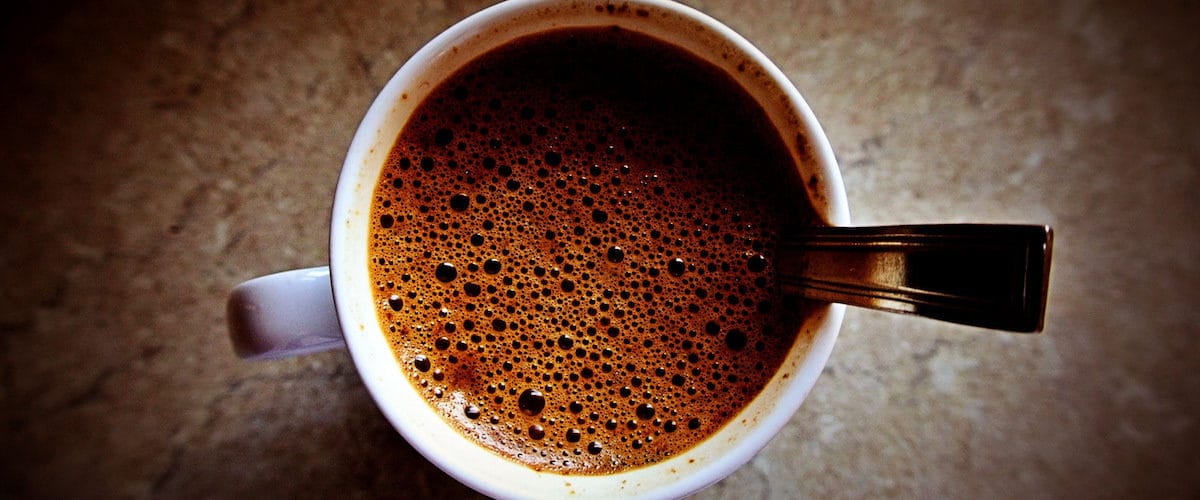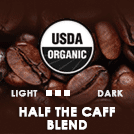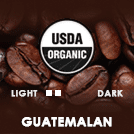
The Roast Intensity and Caffeine Level Relationship
There are a number of factors that can change the amount of caffeine in a cup of coffee. Most distinctive is the roast intensity, but there are other factors to consider. If you’re looking for either high or low caffeine levels, take these factors into account.
Light Roast vs. Dark Roast
When deciding between a light or dark roast coffee, many people go for the bolder and deeper flavor of dark roast believing that it has more caffeine, but the truth is in fact opposite. Light roast coffees contain greater concentrations of caffeine because the coffee beans themselves are the source of the caffeine. The longer beans are roasted, the more caffeine is lost.
Our Recommended Coffees
Beans
The caffeine level in an average cup of coffee can range greatly depending on the type of bean. Two of the most common types of beans are Arabica and Robusta. Arabica beans are considered high quality and are often used in coffee houses. Robusta beans are of lower quality and are generally used in pre-packaged products. Robusta beans contain higher levels of caffeine than Arabica beans, but both the roasting and the brewing process can alter this caffeine level.
Brewed vs. Instant
Instant coffee is often lighter in caffeine because it has been transitioned into a quick dissolve formula. The average cup of coffee contains about 115 mg of caffeine per cup when made by drip method. When percolated, the average cup contains 80mg, while instant coffee contains an average of 65mg of caffeine per cup.
Brewing Methods
The type of brewing method has a direct influence on caffeine content. There are many different ways to prepare a cup of coffee, including regular brewing, drip coffee, French press, espresso and more. In general, the longer the coffee is in a brewing process, the more caffeine the coffee will have. When making French press coffee, the coffee can sit for a short or long period of time before the plunger is depressed. The longer the sitting time, the more caffeine will be accumulated. Even in espresso, it is possible to experience variations in caffeine level because espresso can be brewed in short or long extraction periods.
Your Best Bet for a Caffeine Pick-Me-Up
Overall, there are various factors that affect the caffeine level of a cup of coffee including roast, brew method, and beans. If you are looking for a cup of coffee to really wake you up, your best bet is a long brewed espresso or a light roast Arabica bean coffee. Remember to take into consideration the size of the coffee as well, as the numbers provided are based on 1 cup of coffee, but many coffeehouses serve much larger products.
(intense cup of coffee cropped image courtesy of Craig Sunter / CC 2.0)



